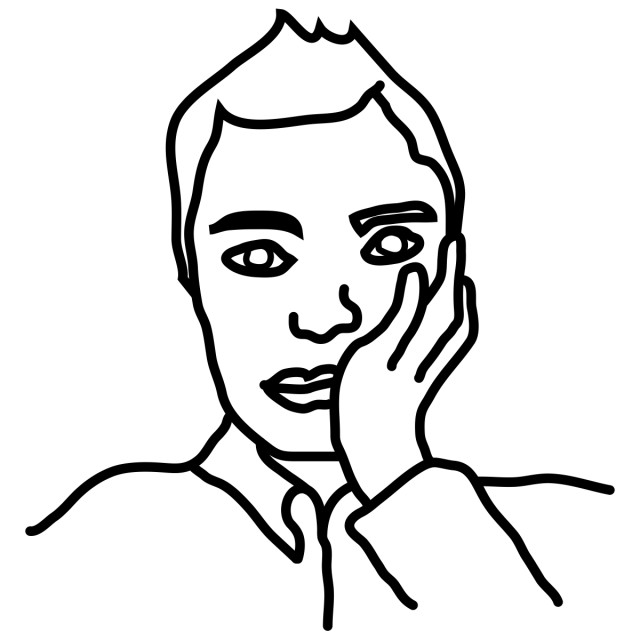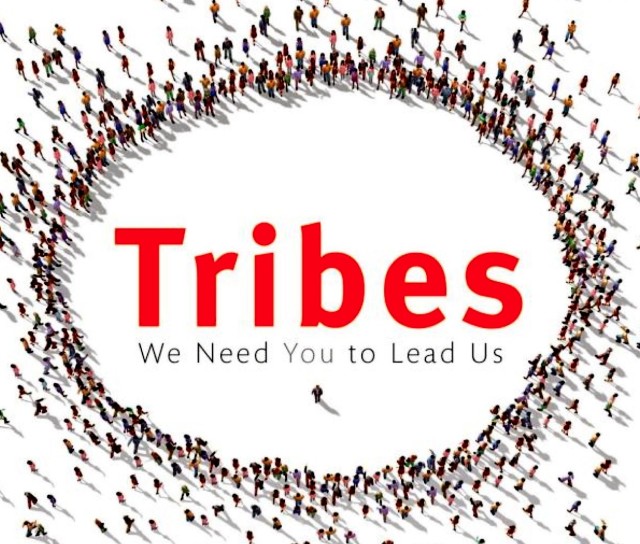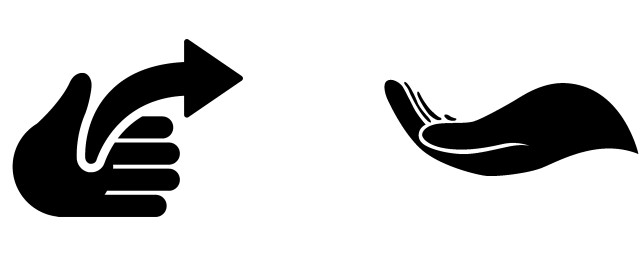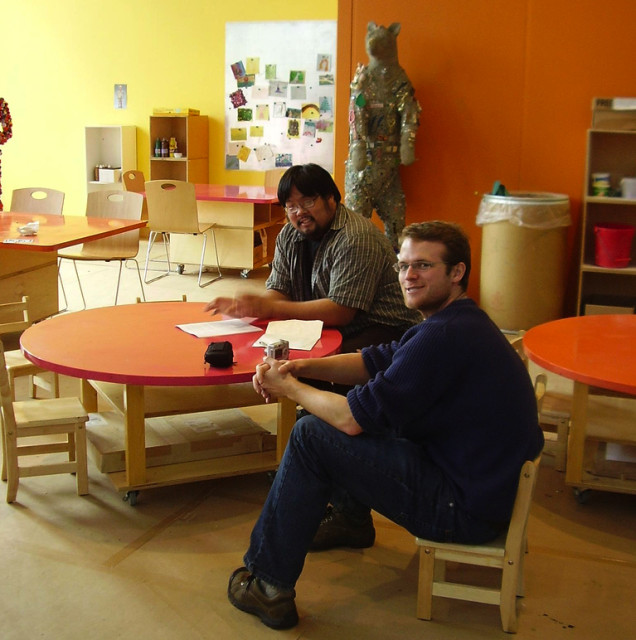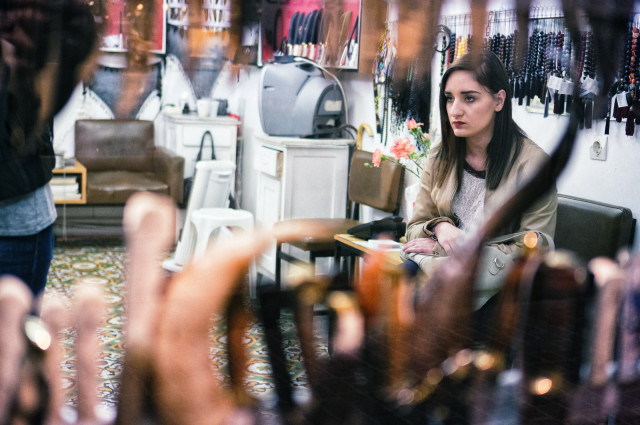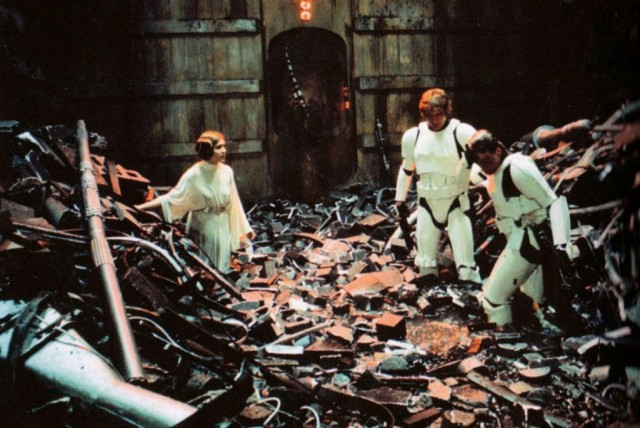Recipe for better meetings: less perfection, more risky learning
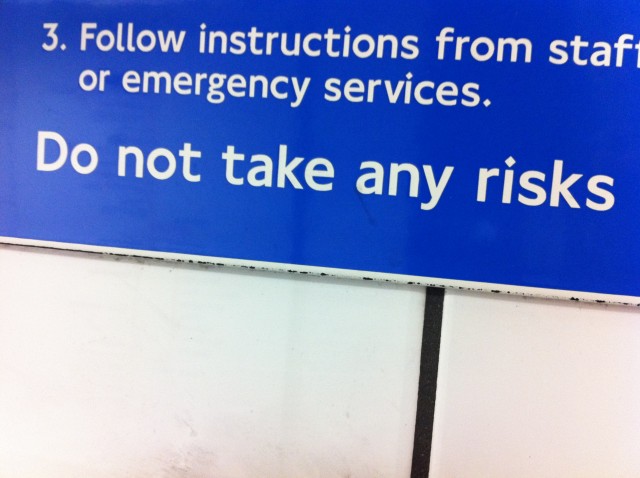
Less perfection, more risky learning — an experiment
Right after the 2015 PCMA Education Conference Tuesday breakfast, I facilitated an experiment that allowed 675 meeting planners to choose sessions they would like to hold. In 45 minutes, hundreds of suggestions were offered on sticky notes. A small team of volunteers then quickly clustered the topics on a wall, picked a dozen, found leaders, and scheduled them in various locations around the Broward County Convention Center during a 90-minute time slot after lunch the same day. The experiment was a great success; all the sessions were well attended, and, from the feedback I heard, greatly enjoyed and appreciated. Many people approached me afterward and told me how surprised they were that such a simple process could speedily add 50% more excellent sessions to the 21 pre-scheduled sessions.
Our desire for perfection
All of us who plan meetings have an understandable desire for everything to be perfect. We strive mightily to not run out of coffee, comprehensively rehearse the show flow, allow for rush hour traffic between the day and evening venues, devise in advance alternative plans B -> Z, and anticipate a thousand other logistical concerns. And every planner knows that, during every event, some things will not go according to plan. So we pride ourselves on dealing with the unexpected and coming up with creative solutions on the fly. That’s our job, and we (mostly) love doing it—otherwise we’d probably be doing something less stressful, e.g., open-heart surgery.
Aiming for perfection is totally appropriate for the logistical aspects of our meetings. But when applied to other aspects of our meeting designs—little things like, oh, satisfying meeting objectives—we end up with meetings that are invariably safe at the expense of effectiveness.
Here’s what the guy I quote more than anyone else in this blog has to say on the topic of perfection:
Perfect is the ideal defense mechanism, the work of Pressfield’s Resistance, the lizard brain giving you an out. Perfect lets you stall, ask more questions, do more reviews, dumb it down, safe it up and generally avoid doing anything that might fail (or anything important).
—Seth Godin, Abandoning perfection
We took a risk on a less-than-perfect outcome at our PCMA Education Conference crowdsourcing experiment. “What if hardly anyone suggests a topic?” “What if one or more of the participant-chosen sessions turns out to be a dud, or nobody shows up?” “Suppose we underestimate the popularity of a session, and the scheduled space is too small to hold it?” (In fact, due to the limited locations available, we had to hold several sessions in one large room, and there was some auditory overlap that had to be minimized by a quick seating rearrangement. Lesson learned for next time!)
Risky learning
This is a superior kind of learning—risky learning. We try new things with the certainty that we will learn something different. Perhaps we’ll learn something important that we would not have learned via a “safe” process. And we are prepared for the possibility of “failing” in ways that teach us something new and fresh about our process.
I’ve been running crowdsourcing of conference sessions for over twenty years. So I was confident that there would not be a shortage of session topic suggestions. But I had never before run crowdsourcing with 600+ participants. Could I get their input in 45 minutes? Would a small group be able to cluster all the suggestions in another 30 minutes, pick out juicy, popular topics, and then be able to find session leaders & facilitators and schedule all sessions before lunch?
We took a risk trying new things, and I appreciate the conference committee’s support in letting me do so. The end result was a great learning experience for the participants, both in the individual sessions offered and the experience of the process used to create them. And we learned a few things about how to make the process better next time.
How much risk?
So we need less perfection, more risky learning at our meetings. But how much risky learning should we incorporate into our events? There’s no one right answer to this question. Ultimately, you have to decide what level of risk you, your clients, and your participants are willing to accept. A healthy discussion with all stakeholders will help ensure that everyone’s on board with what you decide. But, whatever your situation, don’t aim for perfection, or play it safe.
Build as much risky learning as you can into your events. I think you’ll find the resulting outcomes will surprise and satisfy you.

